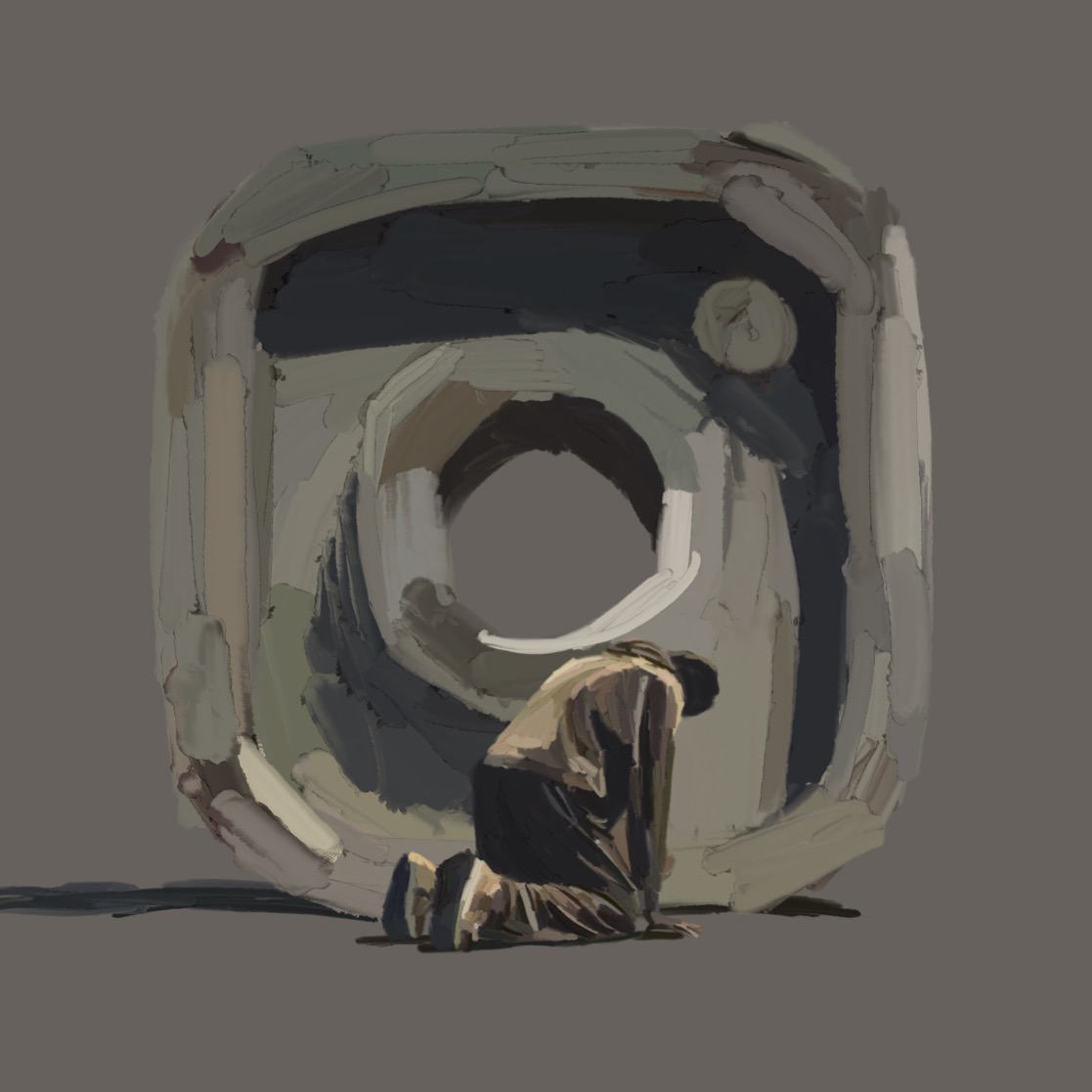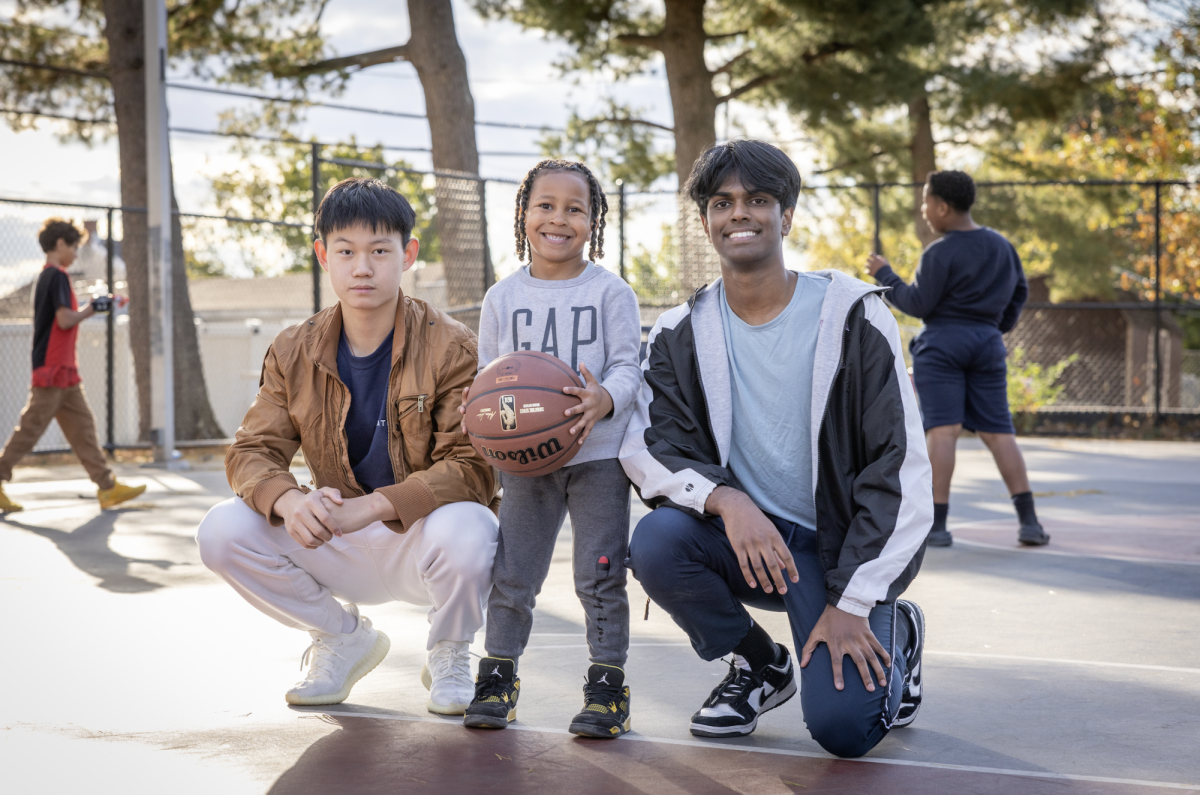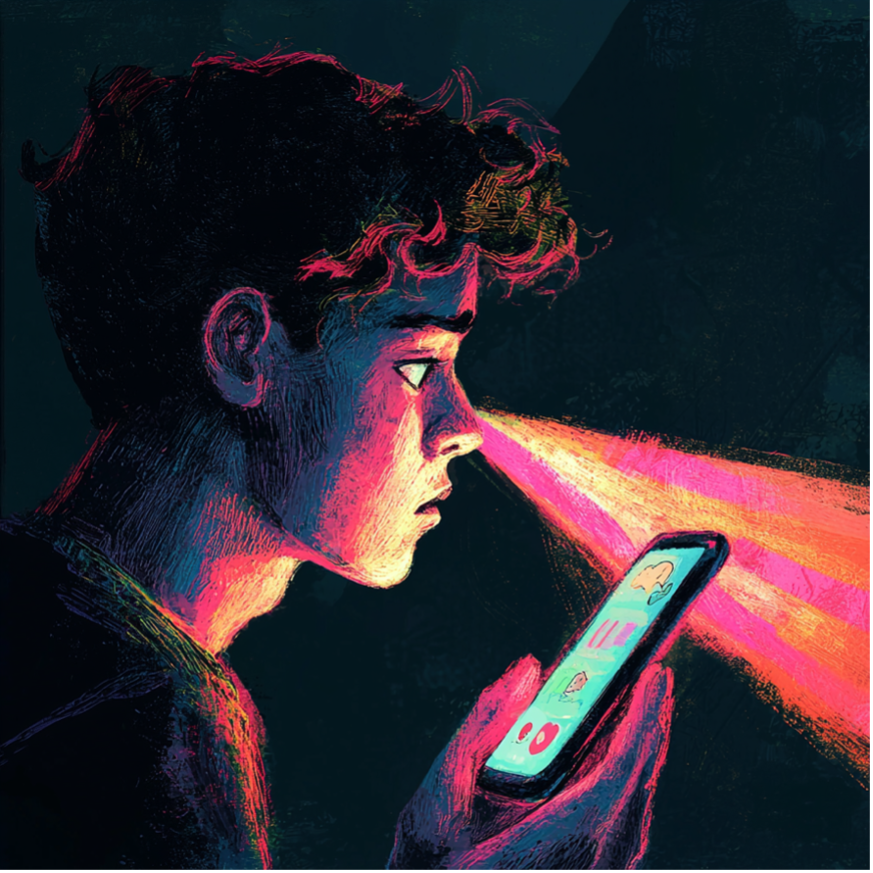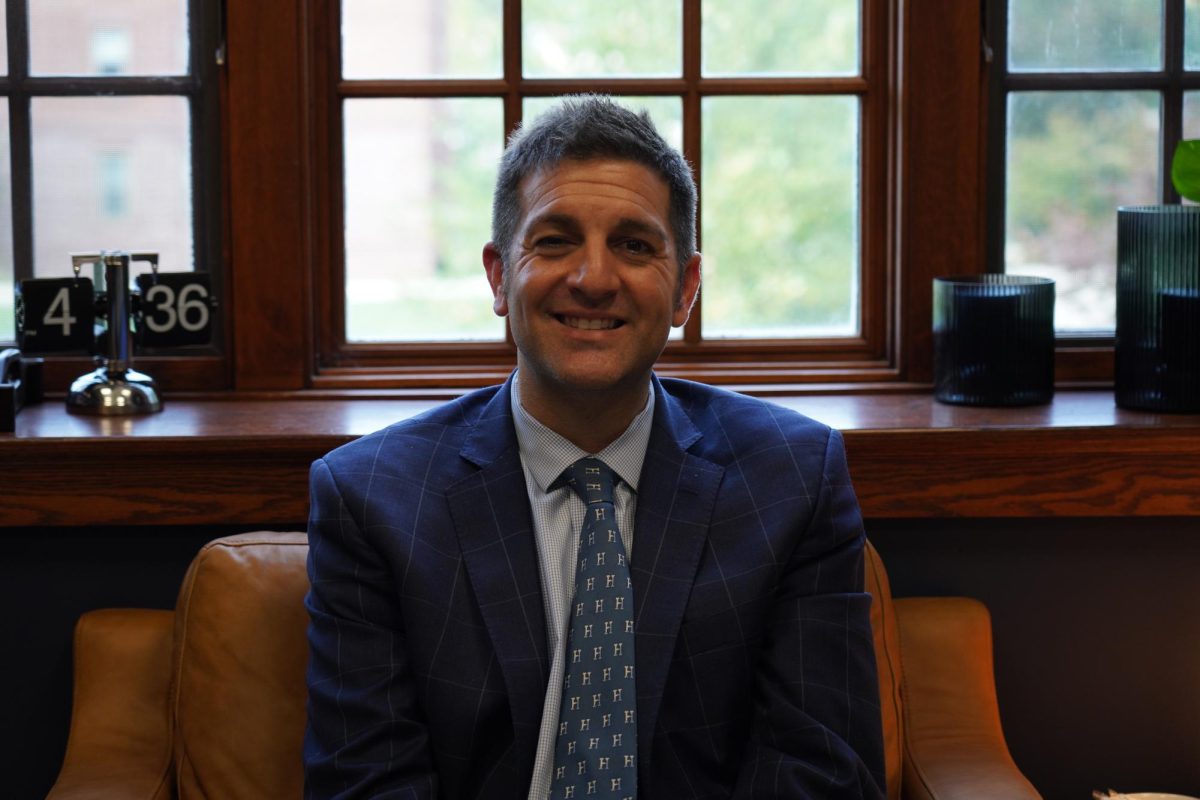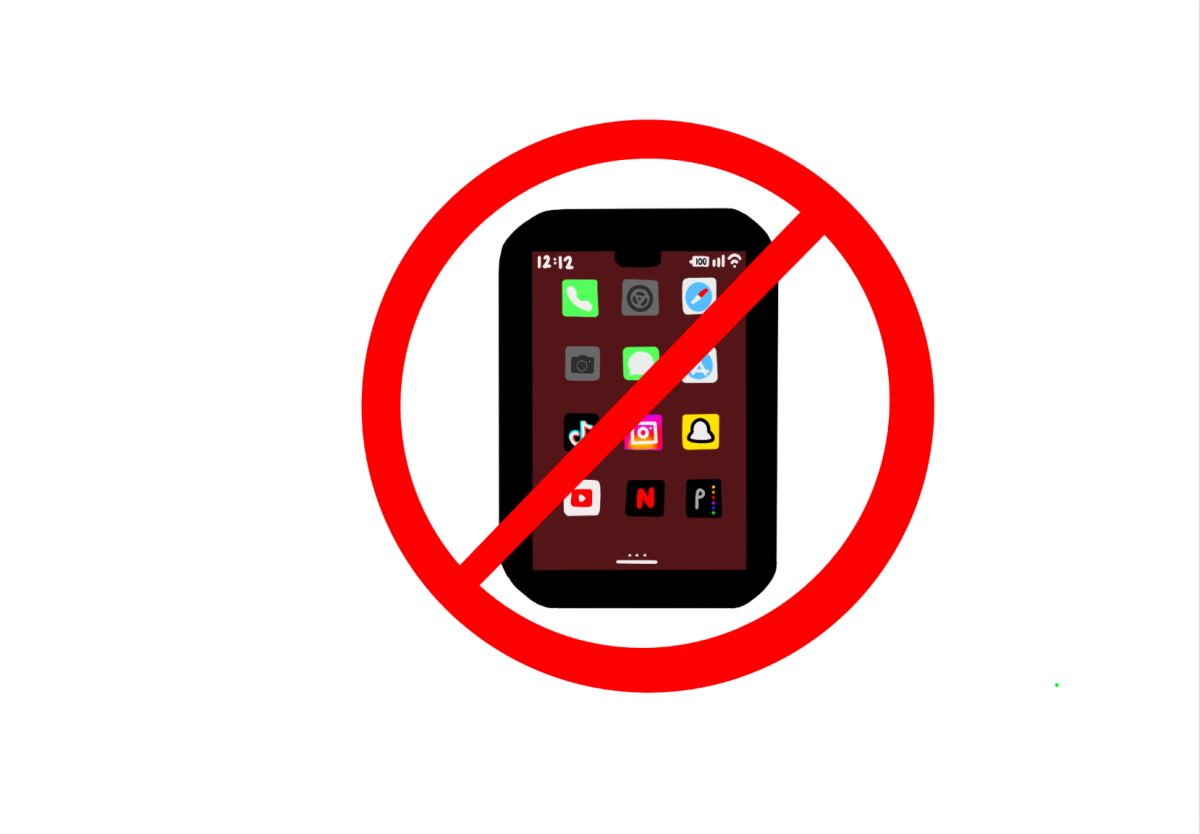Administrations usually ask their districts to provide textbooks, pens, and calculators; however, several school supply lists have added baskets, plastic organizers, and lock boxes. Pottsgrove High School recently instituted a stringent cellphone policy requiring students to surrender their cell phones at the start of each class.
Five minutes outside campus, Pottsgrove High School students find themselves just as restricted as Hill students with a new cell phone policy. Hill implemented a stricter phone policy this school year that banned use during the academic day in most areas.
“Students are expected to have their cell phones and other personal electronic devices out of sight, silenced, not visible, or in use in all learning areas,” the Pottsgrove handbook states.
Cece Hires, a student at Pottsgrove High School and class Vice President, describes the regulation shift from lenient to strict. Before, students were expected to respect teachers’ time and be responsible with their devices as they wished. Now, all cellphone privileges have been revoked in any academic settings, with the assumption that students are better able to focus if their devices are removed from sight. With such intense regulation, students have mixed reactions to a new way of learning.
“I think it is more focused from doing that, but some kids are just going on their laptops and playing ‘Cool Math Games’ instead of listening,” Hires said. “I think it’s smart not to have it during instruction. I think that is fair.”
Classrooms benefit significantly from higher student participation due to the limited number of distractions in class. However, with such an emphasis on building a more engaging environment for students in the 2024-2025 school year, students wonder what triggered such a significant shift. Hires believed the leading cause for the schoolwide ban lies in the hands of their Keystone scores.
“We wanted to do something that ties into the purpose of this school,” school director Jay Strunk explained. As students increasingly relied on their phones for explanation, communication, and stimulation, Strunk believed students needed to be more prepared for life, which required increased engagement.
“I don’t think it’s a single issue; both are true. We want to be the best school we can be,” Strunk said. He believed that all students can achieve academic excellence, and the school strives to correct specific elements like focus and quality of teaching to create higher performance beyond numbers.
Strunk compared a classroom environment like driving a car, where certain things need utmost attention to operate appropriately. Unlike texting and driving, the school board didn’t want to focus on penalizing students for cell phone usage but instead on educating how to use these advanced tools responsibly.
“It’s not about what we’re doing to students; it is about the world.” Strunk said, “It’s not limited to schools.”
He explained his motives behind striving for better excellence, starting with having ‘response-ability’ instead of responsibility, as students can only be as responsible as they can respond, and this accountability can be taught.
Responsible use of technology is the main goal around Pottsgrove: creating a better environment that mirrors reality. Superintendent David Finnerty described this as “having your head, heart, and feet all in the same place, which is intending on what you’re trying to do.” He explained the bigger picture as taking learning to the next level, putting just as much emphasis on classroom teaching methods by finding meaning behind each subject taught.
Beyond academic focus, cell phones have posed a significant threat to High school students in another realm through social media and it’s impact on development. The rise of platforms like Instagram and TikTok followed amplified issues in mental health, sleep patterns, personal relationships, and the ability to be present. Health instructor Marilyn Eaton illustrated these detriments through her curriculum, advocating that social media usage is just as detrimental as other topics discussed. “[Students] Need to understand that their social media use is addictive; it creates a dopamine loop in the brain that reinforces the same distracting cycles,” she said.
Once confined to school hallways and playgrounds, bullying now lurks in digital shadows, reshaping social dynamics to stretch its reach far beyond what it once was. Registered Behavior Tech. Stephanie Rowe favors Grove’s cellphone policies; she agreed with Eaton that social media is damaging for students of all ages. “In your home,[children] are looking for likes and validation; this limits safe environments children can seek refuge in,” she said.
The objective of Pottsgrove’s approach goes beyond merely delivering lessons; it focuses equally on removing barriers that hinder students’ ability to be present and engaged. By becoming a safe learning space, the school fosters an environment that ensures both academic concentration and emotional well-being, encouraging students to interact with the world meaningfully, both inside and outside of the classroom.
“If I’m your teacher, I want to be memorable to you,” Finnerty said. “I want to be something you reflect on 20 years from now and say, ‘Wow, that teacher changed my life.’ To do that, I want to create as much learning as possible by valuing your time.”



